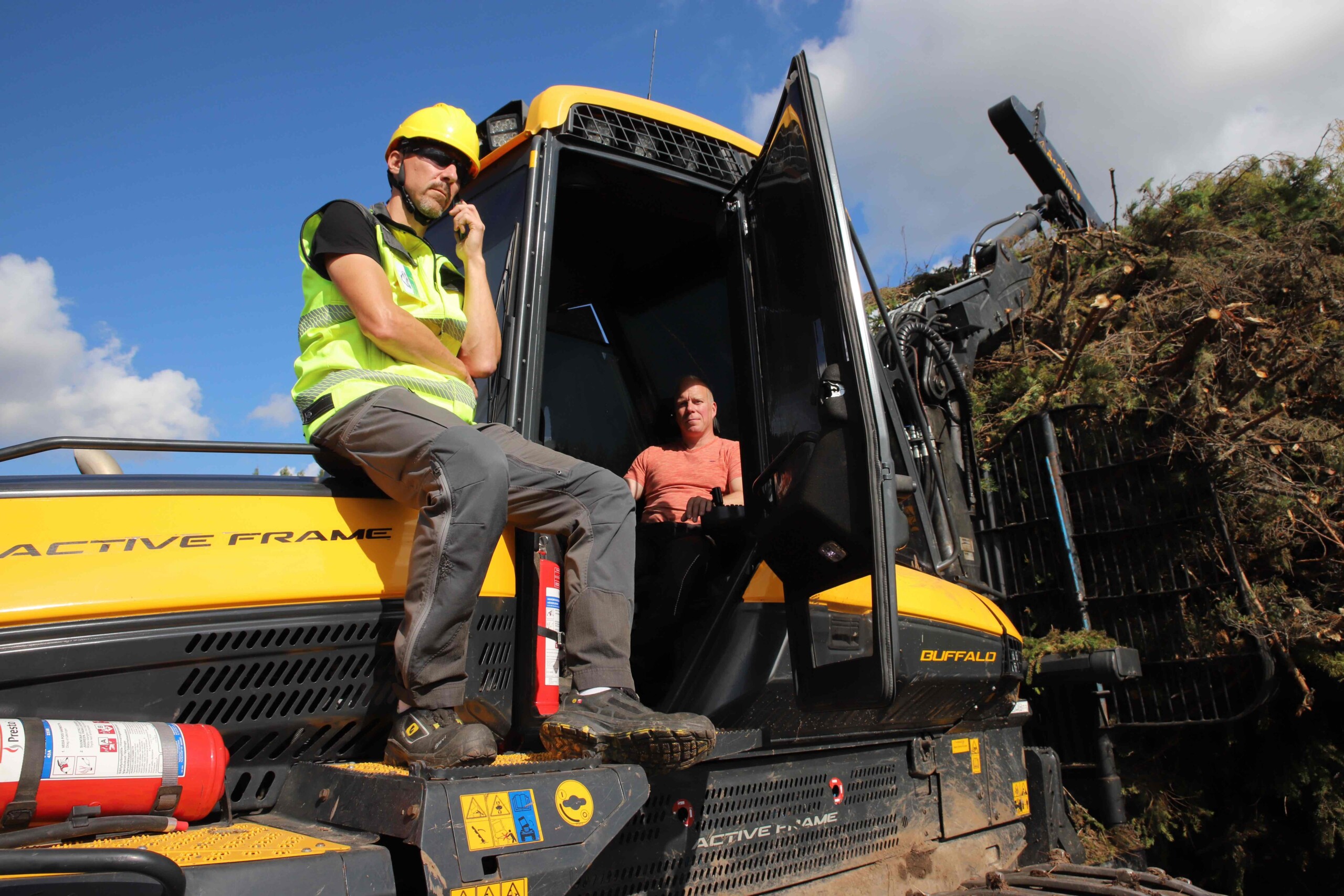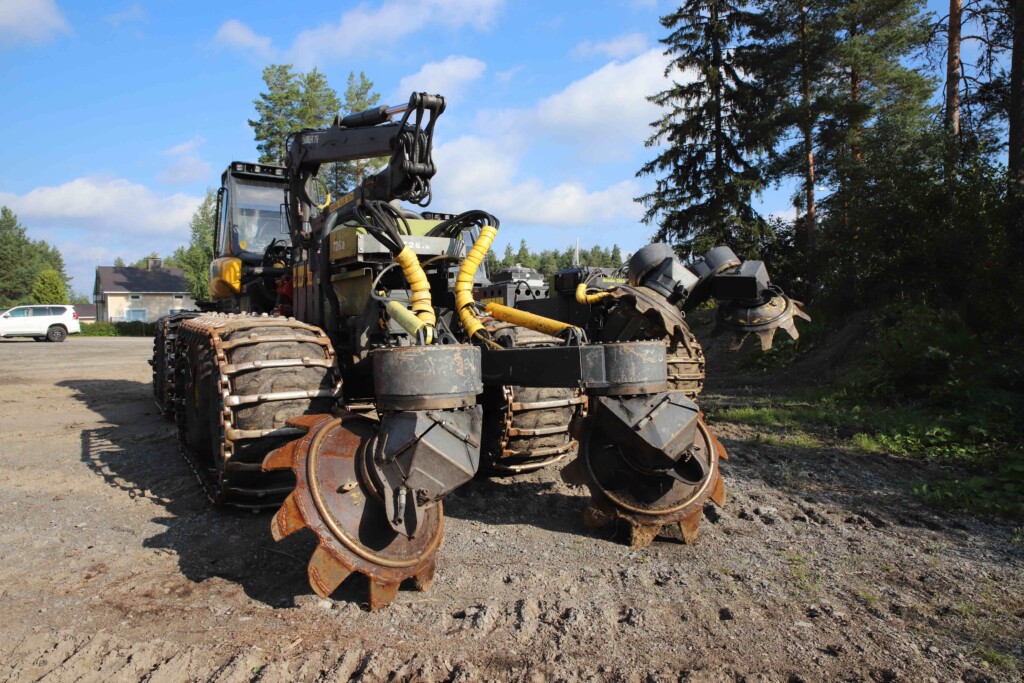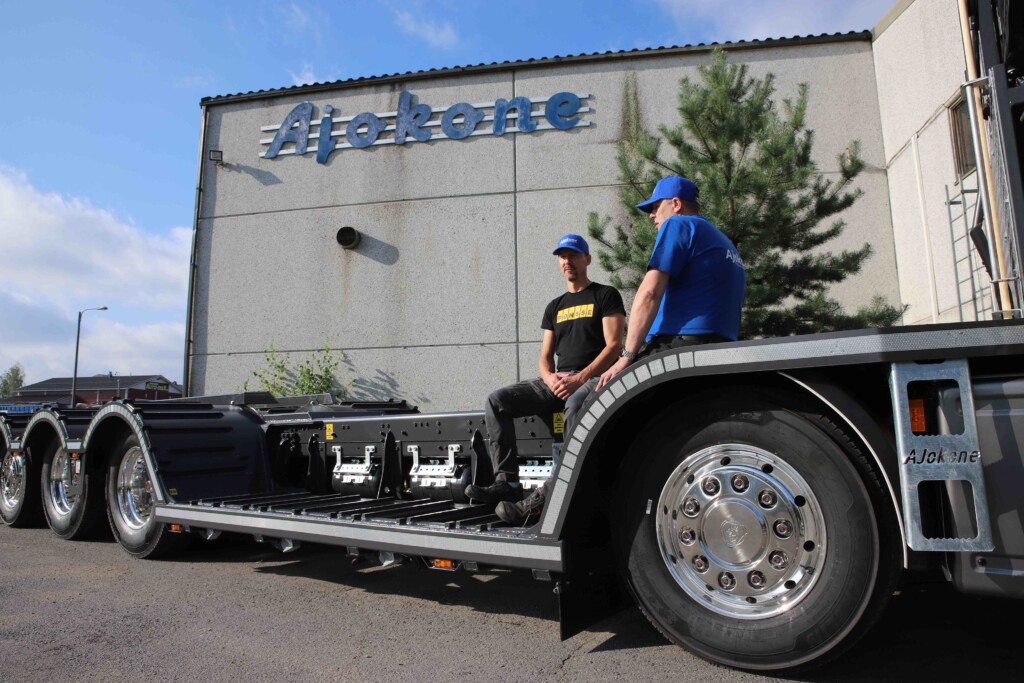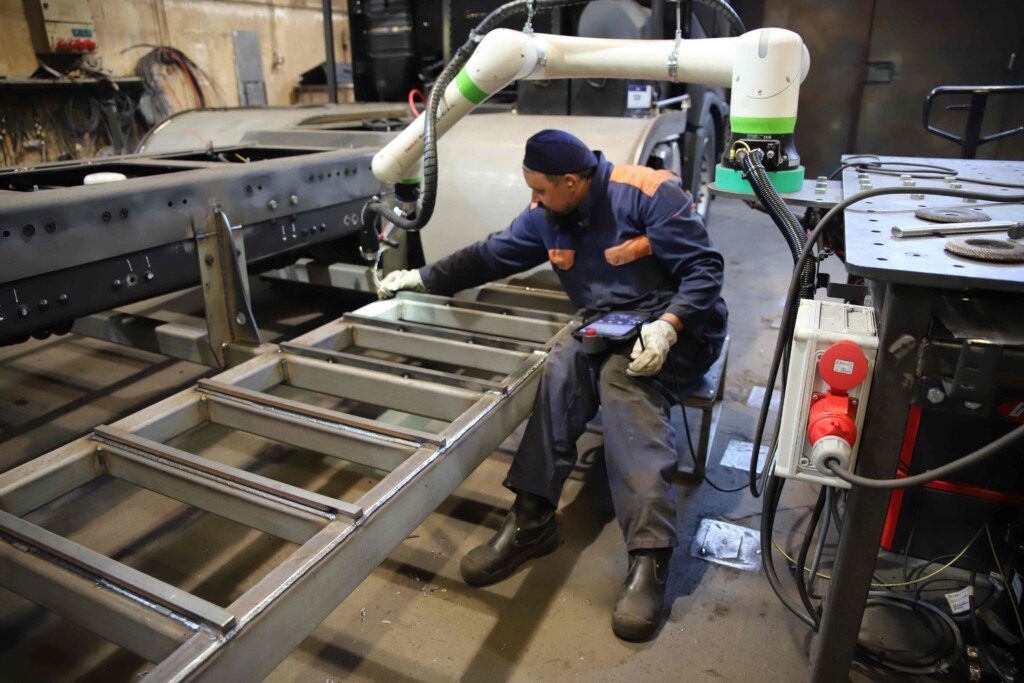
Used forest machines provide peace of mind for Finnish forestry entrepreneur
Pasi Mikkonen, owner of Finnish forestry company Putaan Mottimestarit Oy, has a unique strategy when it comes to the company’s 27 forest machines. The company buys all its forest machines with approximately 10,000 hours on the clock when they are already four to five years old. The used forest machines are driven in a single shift until they are sold again after 20,000 hours.
“A harvester that has been operated for 10,000 hours costs about half the price of a new one. I sleep a lot more soundly at night knowing that I have 50 percent less money invested in the fleet than in new machines,” Mikkonen summarises.
“Perhaps the most important factor, however, is that with older used machines it is enough to drive them in one shift. The operators like it when they have their own personal machines, they only do the day shift, and the machine is always in the same condition and in the same place that it was left in the evening. Our drivers enjoy working for us. Last year, one operator retired after 51 years of service!”
Naturally, used machines require more maintenance and repairs than newer ones. While a company operating with new machines would have higher financing costs, Mottimestarit would have correspondingly higher repair costs. However, the company can keep repair costs under control because it has strong repair expertise, several lowboy trucks and good workshop facilities. The fact that Pasi’s father built two forest machines in his own workshop in the 1980s out of an old Kockums forwarder, a crane and a Lako harvester head also speaks of the company’s impressive expertise. In 1991, the company acquired its first yellow-and-green Ponsse harvester, and soon after, additional grey Ponsse forest machines.

Durability of forest machines has improved three-fold
Mikkonen estimates that the lifespan of forest machines has tripled since the 1980s. For example, the company has used a couple of PONSSE Elks that have been driven for more than 30,000 hours, yet their engines have never been opened. In particular, the durability of transmissions, engines and hydraulics has at least tripled, although understandably there are more electrical faults than in the past.
“Forwarders can be driven a little longer than harvesters, since they are simpler. Harvesting heads usually have to be changed between 10,000 and 20,000 hours when they are used by us.”
“Of course, machines of this age sometimes have faults. If you have say 20 machines and there are 20 working days in a month, and the machines have one fault per month, then on average every day there will be a fault in one of the machines. Before, there were more one-thousand-euro defects, whereas nowadays there are more five-euro defects, such as small sensors and electrical faults. In addition, if one of our machines is down for a day, only one shift is lost. With a new machine, three shifts would be lost.”
Mikkonen praises Ponsse’s service, maintenance advice and factory refurbished parts. Mottimestarit also have green and red machines, so there is a basis for comparison.
“For example, a five-year-old Ponsse harvester can easily be updated in terms of its electronic systems. I have also received really good guidance from Ponsse on self-repairing the machines instead of being instructed to take the machine to a certified service center.
Mottimestarit’s machines are covered by a service agreement, and major servicing is performed at a nearby PONSSE service center. Parts that break during use are usually repaired by the company itself.
Two machines harrow the forest floor
Mottimestarit does logging mainly for Metsä Group and the Haapajärvi Saha sawmill. In addition, the company clears trees at wind farms, road projects and construction projects, for example. The operational radius is about one hundred kilometres. Local forest owners know the company and often request a specific machine operator for their own forest tasks. In addition to felling, the company does forest renewal tasks by harrowing for UPM and forest management associations
“Harrowing for several different forest companies is a genuine win-win situation. Positive synergies are created when you can harrow the adjacent plots of different forest companies using two forest machines and a single forwarder.”
Harrowing is performed using two Ponsses that have been shortened and permanently equipped for this specific task. The harrowing season covers the pine sowing period from the beginning of May to Midsummer and also a short time during the autumn sowing period. It would not be worthwhile to equip new forest machines separately for harrowing work, whereas 10-year-old machines can stand for nine months of the year when there is no harrowing to be done. Harrowing also eliminates seasonal variations, as it is mostly done during the spring thaw when there is no logging. The company has been engaged in harrowing since 1976, though it represents only around 10 percent of its annual revenues.

Sawing services and lowboy trailers
Pasi Mikkonen is also involved in other business activities in the forestry sector. He has a minority stake in the FM Timber sawmill group and is co-owner of Pihtiputaan Ajokonekorjaamo Oy, a local company that maintains heavy equipment and also builds lowboy trailers for forest machines, mainly on Volvo and Scania chassis.
“We built our firstlowboy trailer in 1988 for our own use. The business has gradually grown since then, and we now manufacture around 30 to 40 trailers a year under the Ajokone brand,” says Mikkonen.
The trailers are sold to customers in Finland and the Baltic markets. These countries have similar legislation that allows 29.5 ton loads that are just under 3 metres wide and 16 metres long when loaded. The company’s five-axle lowboy trailers are capable of transporting all current forest machines.

